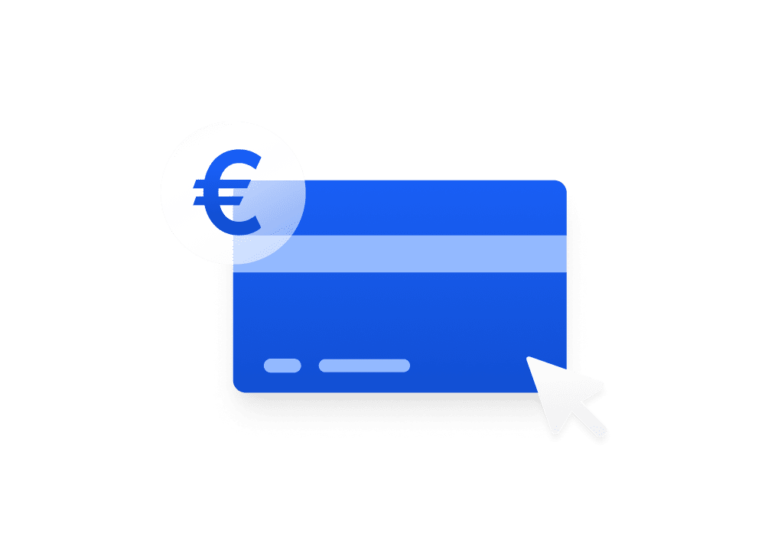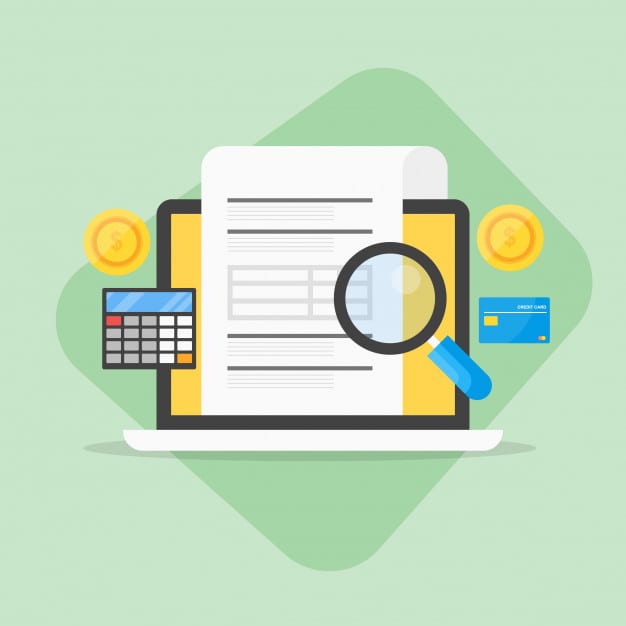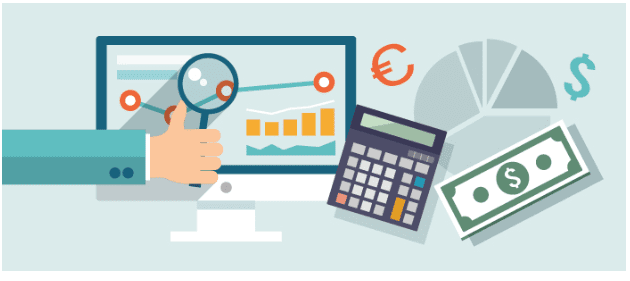Having trouble understanding the difference between APR and interest rate? The lines between the two can be blurry but it’s essential to understand the difference in order to help you save money and find the right product.
If you’re looking for a service that involves receiving credit such as a loan or credit card, you’ll no doubt encounter the terms APR and interest rate. These terms are commonly used in the world of lending, but they can be difficult to understand. Do you find yourself asking … Is APR the same as interest rate? Do they involve impossible, mathematical calculations? Are there any hidden fees? There are tonnes of concerns and uncertainties surrounding these terms, so let’s see if we can iron some of them out.
What are interest rates?
When you apply for a form of credit from a financial institution, you typically borrow a set amount which is called the principal. This amount will always need to be returned to the lender, and because they take a risk by lending you finances, they will charge a percentage above the principal in the form of an interest rate.
You can see an interest rate as the cost of borrowing money, you pay for the benefit of of receiving funds immediately, and you pay it back at a later date.
Now that your principal and your interest rate has been totted up, you now know the exact amount you’ll pay back, right? Not always. Financial lenders often add other fees and charges to the total amount in order to cover the costs of lending the money. Fees and additional costs will vary between lenders, so it can become a difficult task to understand which lender is offering you the best deal. The EU is stamping down on this by introducing comprehensive consumer protection rights, these require financial institutions to provide a more comparable overall cost in the form of an APR.
APR summarised
Firstly, what does APR stand for? APR is translated to Annual Percentage Rate. And, what is that? It’s the annual rate charged by a financial provider to loan its funds to a borrower. It does include the interest rate but it also accumulates all of the other fees that fall outside of the variable. Things that could be included are; fees to originate the credit, fees to service the credit, or a fee to repay the credit earlier than the agreed terms.
Once all of the costs have been taken into account and have been combined with the interest rate, a total yearly rate is established which forms the APR, you then divide this by twelve and you can work out the true monthly rate.
Remember that there are different types of APR, so you should double-triple check before agreeing to any terms. Finance is typically offered with either a fixed or variable rate. A fixed APR means that the interest will not fluctuate during the lifetime of the finance. A variable APR, indicated that the interest may change during the course of the finance duration. Both types will have pros and cons but just know that a variable APR will follow the market interest rate.
It’s important to distinguish between APR and interest rate. APR will be more likely to tell you the true cost of your finance and provide you with security when signing the dotted line. The latter will disregard additional fees that cause an increase in your monthly payments. Make sure you do your research when choosing a finance option, to make sure you get the right product for you.
No matter your financial situation, you can find the right finance option for you or your business. Having an online accounting software to manage your finances is key to ensure you don’t incur any unwanted additional costs like late payment fees. Choosing a provider like Holded, will enable you to automate your accounts, track payments, sales, expenses, and all other account related tasks in real time.











